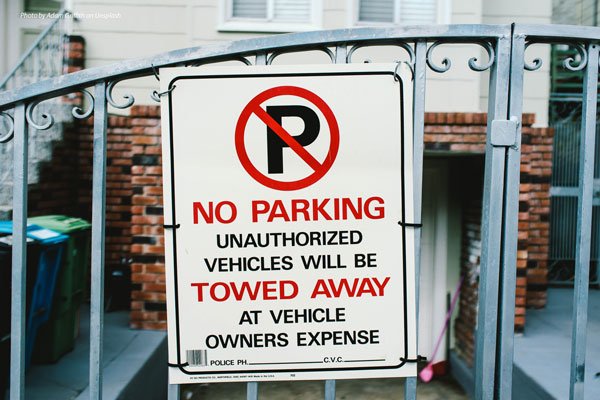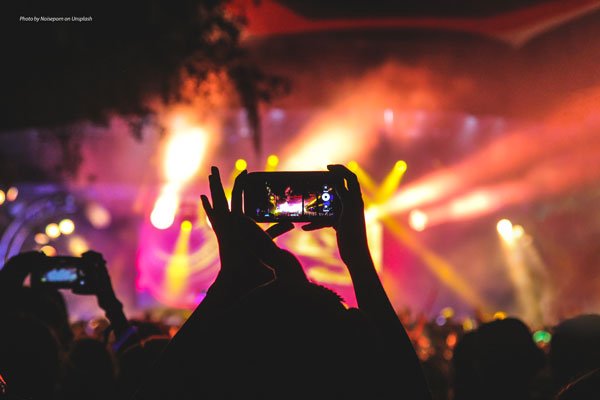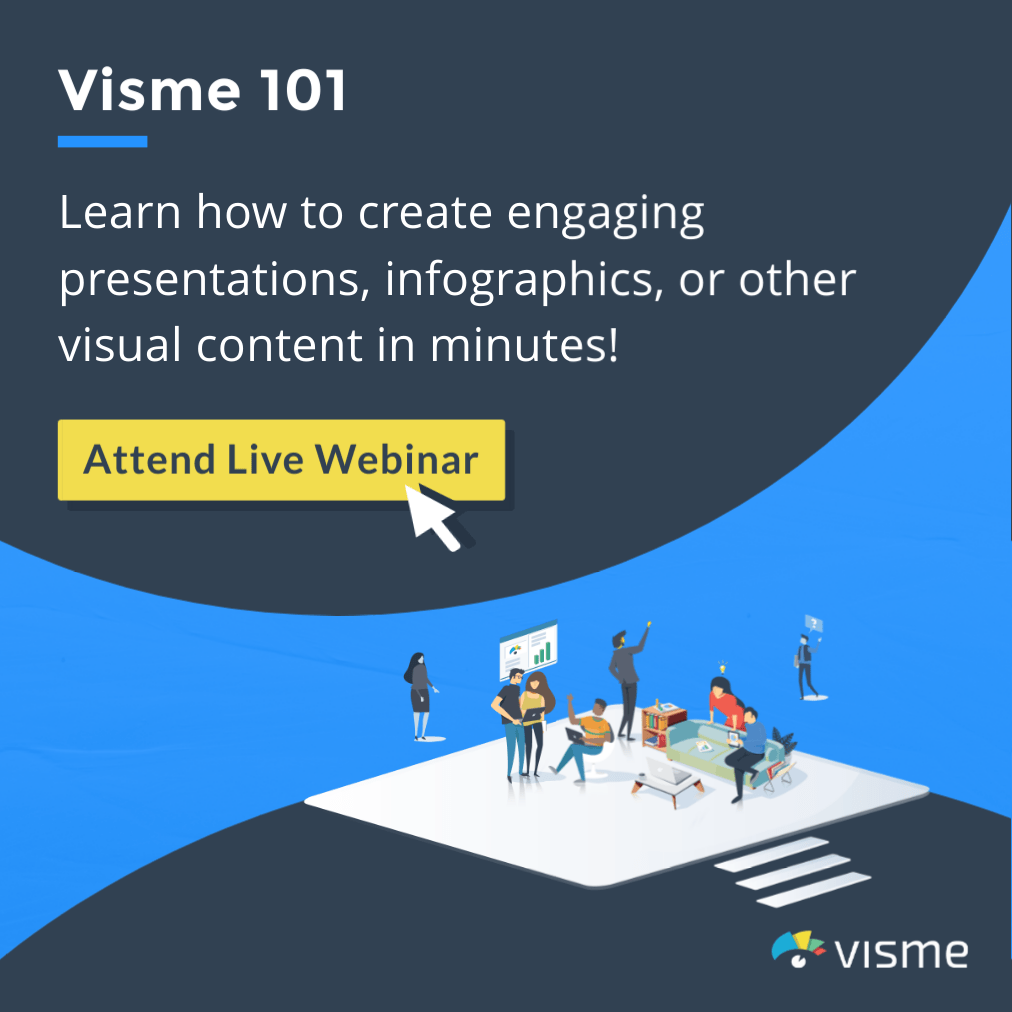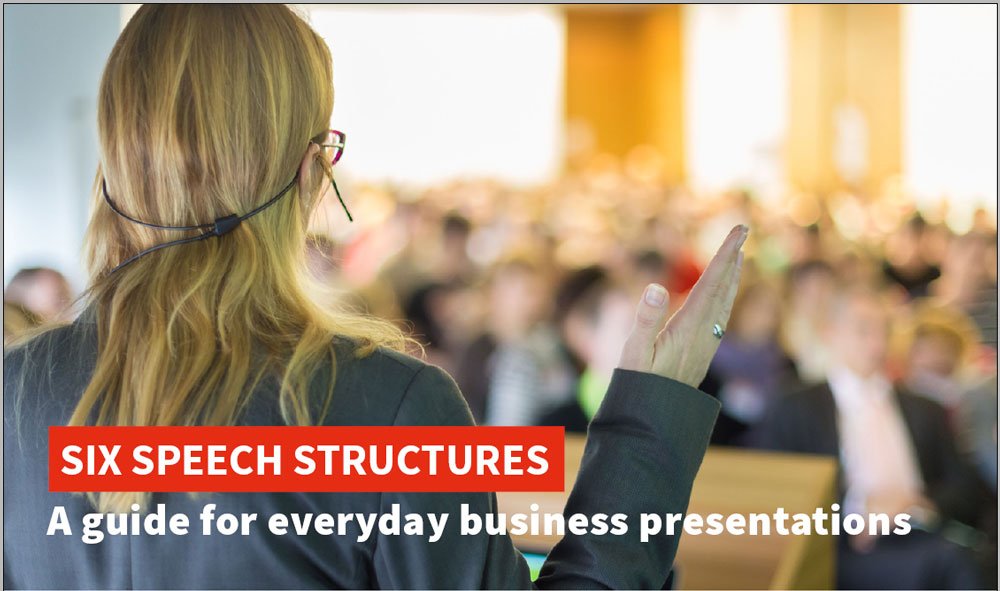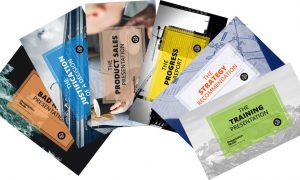How To Speak So You Engage Your Exceedingly Restless Millennial Audience


“If the stereotype of Gen Y is one who is spoilt, irresponsible and immediate gratification based, Benjamin Loh defies all that!” We are delighted that he has joined us to shed light on why different generations have different values or behaviours, and how we can bring out the best from each other. The strategies he proposes will ensure we can communicate across the generations, and shows that by understanding the differences, we can truly engage with our audience.
Alright, I get it.
You’ve probably clicked through to this article because you thought Millennials are a difficult lot to engage… much less, have them sit in an attentive fashion while you pore through your 143 slides you’ve painstakingly prepared for weeks.
The research about the attention span of people of our times has been inconclusive, at best. Sketchy, at its worst. Probably, the most propagated statistic is from a 2015 Microsoft study on how the average attention span in 2015 is now 8.25s, officially less than that of a goldfish of 9s!
That said, academics are not all united in this belief. Dr Gemma Briggs, a psychology lecturer at the Open University suggested that average attention span is “meaningless” because attention is “very much task-dependent. How much attention we apply to a task will vary depending on what the task demand is.”
Hence, there is HOPE. You still can get through to these restless rascals!
As an uncomfortable confession, I happen to sit in sort of an ideal sweet spot. As a Public Speaking Coach, I’ve worked with over 3,500 corporate executives and start-up founders over the past 9 years to deliver anything from 5-min pitches or snazzy press events and launches, to your data heavy technical presentations that can go past the hour!
Likewise, I’m a Millennial who may be often typified as being fidgety, easily bored and inattentive. Yes, I am one of those rascals.
So putting both hats on, I’d like to share a few quick strategies for speakers and presenters that can help you win not just with Millennials, but also with any audience of our times.
In fact, you might just realize that these strategies will actually cut across generations because the attention of your audience is far from a function of their age or generational demographics. Instead, it’s more about audience awareness and understanding; designing your content relevantly; delivering your work in a fashion that connects effectively with your audience and still stays authentic to your intentions and persona, as a speaker.
Sounds complex? I’d usually sum it up into five words:
Care enough for your audience
No More House Rules
Gone are the days when a speaker or presenter could impose an embargo on distraction. House rules like no usage of mobile phones or portable devices, talking to your fellow audience, or visiting the washrooms are relics from yesteryears.
You may think this is ludicrous but I once sat in the audience of a corporate presentation and saw the presenter openly call out members of the audience who were on their mobile phones, and then put them down by insinuating that they likely were poor performers at work because they couldn’t even concentrate in his 45-minutes presentation (that was awfully boring)!
Needless to say, his presentation went down south. The more he tried to control what the audience could or could not do, the more his audience turned against him.
We live in such times of 140-character tweets, Instagram and Facebook stories, live streaming and location check-ins. Call it narcissistic or #FOMO (Fear Of Missing Out) but it’s just our way of staying connected and giving value to our networks.
So there are two distinctions here.
- On the speaker and presenter’s end, attention is never warranted or a given. In fact, I’d even go as far as to say that even with prior positional authority (like the CXOs, politicians or academics), attention needs to be earned.
- On the audience’s end, technology is not all that bad.
As a Millennial audience, I sometimes have gaps in my knowledge that are thankfully uncovered through a presentation. So, I’ll Google for it. Or the presenter suggests some books, gadgets or neat applications and I’ll search for them on Amazon or the App store to purchase them or save them in my Evernote.
What’s the rush, you ask?
I can’t give you a straight and all-encompassing answer. Certainly, in the past, with 56k dial-up modems and grudgingly slow data connections, such actions were considered ‘feats’. But now with existing technologies and WIFI being a staple for most events and conferences… we just can.
Also, consider the fact that your audience may be helping you to ‘seed’ your messages and branding with their Facebook, LinkedIn and Twitter universes through quotable quotes, organic opinions, selfies and wefies etc.
Instead of telling your audience what they can’t do, tell them what they can and should do. Tweet; encourage your audience to use the official hash tags; share any download links to your content; tag you on their posts etc.
But above all, trust that if your content stays relevant and engaging in the age of social, your audience will remain with you in a fashion that works for them and with you.
Of course, if your speech and presentation can’t prove to be more engaging than what’s on their mobile devices, then it’s also time to head back to the drawing board.
Stay Relevant, Current and Local with Your Audience
Even as a Millennial, I sometimes struggle to keep my pulse on the plethora of emergent trends. From ice bucket challenges to avocado sandwiches, to live broadcasting technologies and the latest verbal slip-ups by certain heads of states whether in person or on Twitter… you just have to keep abreast of them.
‘Why?’, you may ask.
I’m not suggesting that you just bring in the latest gossips, or the video trailer of the latest Avenger movie, for sheer entertainment or to let your Millennial audience know that you’re cool and trendy enough.
Instead, you should use these contemporary references only if they are relevant and help to prove a point.
Again as an observer this time round, I once sat through an American presenter who was speaking to a relatively young audience (mostly late teenagers) from China. His topic of presentation was a generic-enough theme on Leadership. Yet, his whole 30-mins presentation was on Franklin D Roosevelt and the Great Depression.
Don’t get me wrong. It’s not that he has to talk about Chinese history or prominent figures, either. But this presenter made no attempts to build a context around why he was talking specifically on his topic, what it meant for the restless teenagers and how it could be of impact for and to them.
Unsurprisingly, most of them were whiling the time away on their mobile devices, much to the chagrin of the school administrators.
Consider the following concepts when speaking and presenting, not just to Millennials, but basically to any audience
Relevance
The ability of your audience to relate to your presentation theme, concepts and content in a fashion that allows them to directly forward their lives thereafter.
Current
How recent are your presentation theme, concepts and content vis-à-vis the topics of interest for your audience?
Local
How culturally, historically and geographically close are your presentation theme, concepts and content for your audience?
In terms of relevance, this American presenter could still have presented about FDR and the Great Depression but could have shared how leadership transcends time and geography and, when embraced, could help these teens meet some of the biggest challenges they are facing now – like founding a start-up, or excelling in student activities to be in a better standing for college admissions in the US etc.
From the angle of currency, he could either have done cursory research about what’s trending currently and segue into them, or asked his local guides what were some of the topics and conversations of interest for his audience.
Lastly in terms of being local, he could have related the themes to potential parallels with what’s happening in Asia or possibly, China.
We (not just Millennials) live in a time where there is much more content being churned and pushed out per unit time, and it is all yelling out for our limited attention spans. Hence, the onus is now on the speaker and presenter to bridge their presentation to their audience and not the other way round.
To understand your audience’s space better, you can always set up Google Alerts with relevant key terms about your audience, or visit WhatsTrending or media sites like BuzzFeed or Upworthy.
Above all, always speak and present not from a space of authority but that of genuine care and concern for your audience. Lead with that and naturally, your voice and delivery will be authentic.
Leverage Technology to Understand, Engage and Help Your Audience
For all the premonition that technology will one day make in-person events, conferences, meetings and speakers redundant, one thing that technology cannot (yet) engineer is the experience a masterful speaker and presenter can deliver for his audience in a live setting.
That said, a speaker and presenter can’t afford not to tap into the immense potential that technology can offer to close the gap between speakers and their audience.
Typically, these are the technologies that can help do that, whether it’s a learning event or a large scale presentation
Pre-engagement and Message Seeding
GoToWebinar (live / pre-recorded webinars), Typeform (surveys for audience needs assessment), Facebook reaction emoticons, Instagram / Facebook stories
In-Presentation Engagement
PollEverywhere (live word cloud generation), CatchBox (soft throw-able microphone), PigeonHole (live Q&A), TaggBox (social media aggregator), Social Media walls, Scanova (QR code scanning for direction to landing pages)
Post-event Connecting / List Building
Leaddigits® (list opt-in via short text messages), Tagboard or Socialert (hashtag and social media sentiment analysis), LinkedIn (professional networking)
You may be thinking… “But isn’t my job as a speaker and presenter to just speak for that 30, 45 or 60 minutes?”
Yes, but if your job description also includes amplifying your message through and with your audiences’ networks, gaining resonance, sparking more organic conversations, having your thoughts and beliefs resonate with more people in this age of social… then you just have to make technology your next best friend.
You may also think that the landscape is shaping and evolving because of Millennials.
Well, yes and no. But there’s no denying that your audience will be evolving, adapting and becoming more demanding.
If, as a speaker and presenter, you are resistant to change and aren’t progressive in your thoughts and deeds, don’t throw your hands in the air and blame the Millennials!
If you liked this, you might also like
7 Surprisingly Simple Ways to Keep Your Audience Hooked
5 Easy to Use Solutions to Boost Your Audience Engagement
How to Get Instant Feedback From Your Audience



